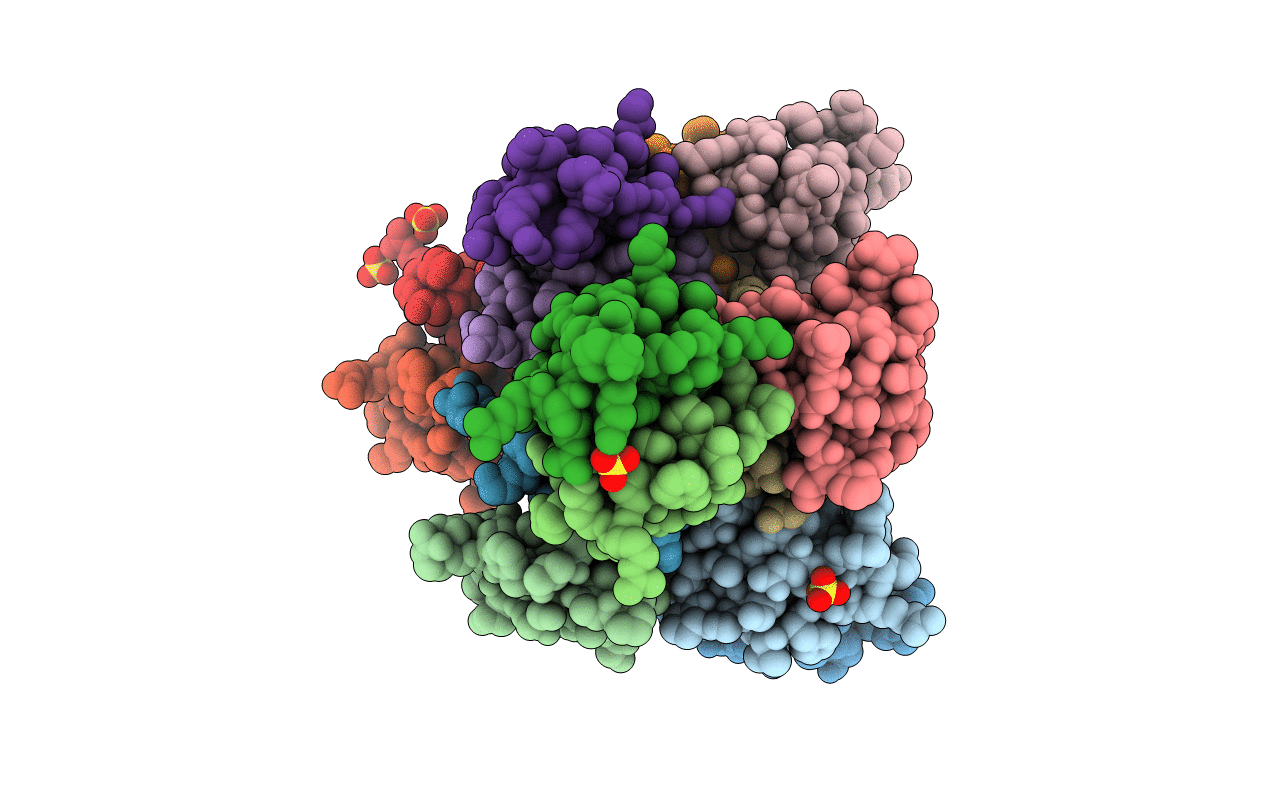
Deposition Date
2000-07-19
Release Date
2000-11-01
Last Version Date
2024-10-30
Entry Detail
Biological Source:
Source Organism:
Method Details:
Experimental Method:
Resolution:
1.70 Å
R-Value Free:
0.26
R-Value Work:
0.18
R-Value Observed:
0.18
Space Group:
P 1 21 1


